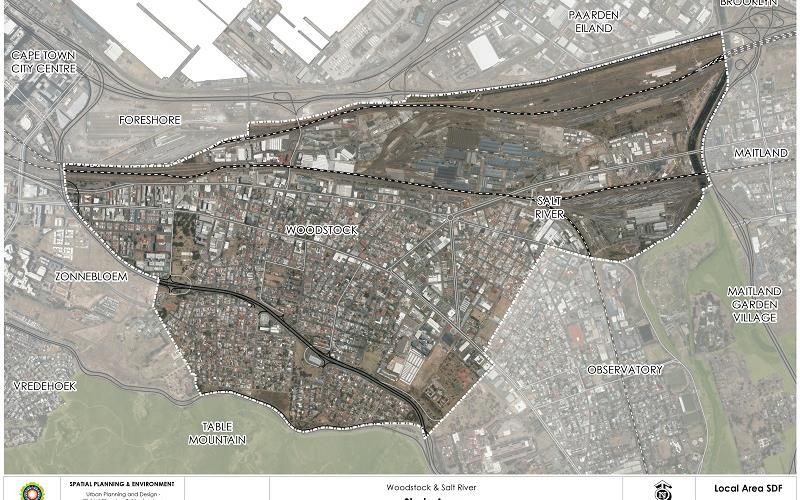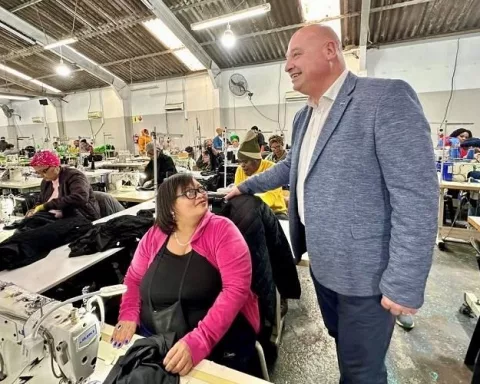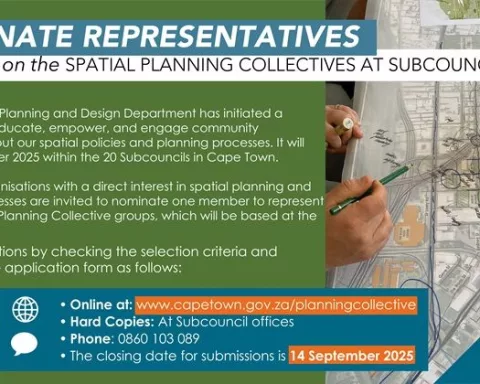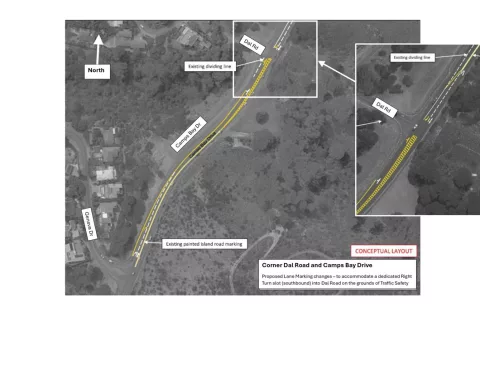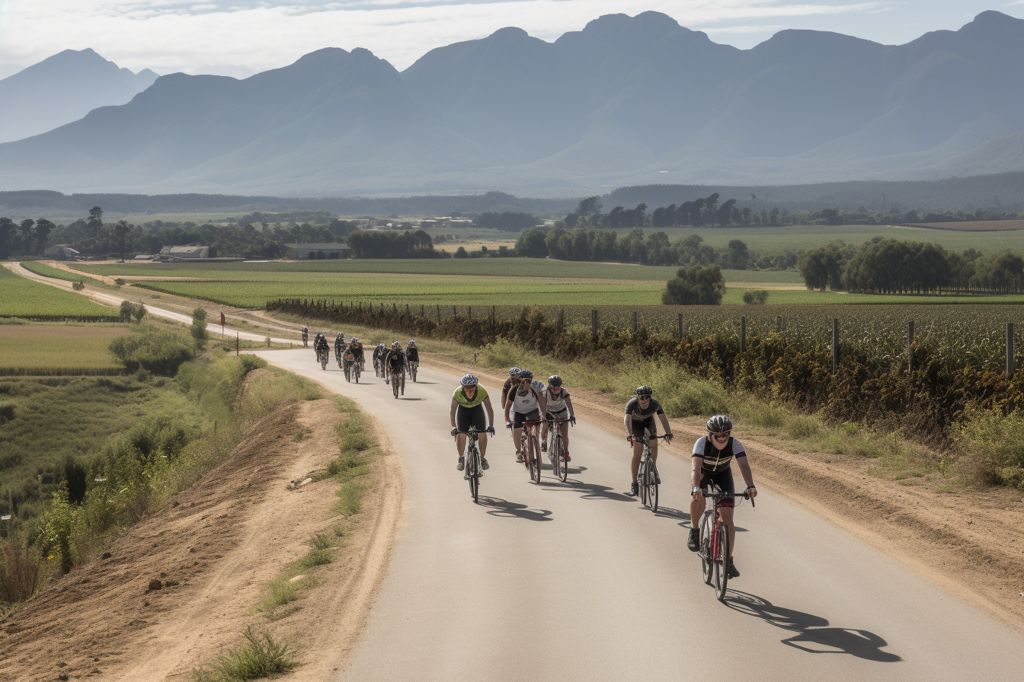The LSDF (Local Spatial Development Framework) for Woodstock and Salt River is a vital plan that will guide the development and growth of the area. The City of Cape Town is requesting the input and participation of the local community, including residents, businesses, and interested parties, to create a plan that fits the needs and desires of the neighborhood.
Addressing Key Challenges and Building on Strengths
The LSDF aims to tackle significant issues in the area, such as neglected public open spaces and parks and enhance the community’s unique strengths to revitalize it. It will also work towards stimulating the local economy, preserving and enhancing the area’s historical value, and integrating and connecting Woodstock and Salt River with the surrounding regions.
Call to Action for the Community
The public meeting for the LSDF groundwork will take place on May 13th, 2023, at the Salt River Community Hall. The City is encouraging residents of Woodstock, Salt River, Walmer Estate, and University Estate to attend the meeting and participate actively in the development of the LSDF. Those interested in keeping up with the LSDF’s creation can register online or visit the Subcouncil 16 office to complete and submit the registration form.
Consideration of Key Factors
The LSDF takes various factors into account, such as the diverse mix of land uses, the Heritage Protection Overlay Zone, historical routes, significant tourist attractions, topography, accessibility, affordable housing, and transit-oriented development. It is intended to create certainty for both public and private investors, formulate a development vision, and promote partnerships to strengthen the local economy.
Interesting Facts about Woodstock and Salt River
Woodstock originated from three farms in 1692 and was initially named Papendorp. It became a trendy seaside suburb after a railway line was developed in the mid-19th century, and the Biscuit Mill opened in 1900. However, the Foreshore reclamation project in the 1950s cut off seaside and beach access.
Supporting the Table Bay District Spatial Development Framework
The LSDF for Woodstock and Salt River builds upon and supports the spatial development guidelines outlined in the Table Bay District Spatial Development Framework, a higher-order plan for the greater Table Bay area that includes Woodstock and Salt River.
Active Community Participation is Crucial
In conclusion, the LSDF for Woodstock and Salt River will shape the neighborhood’s direction in the future. The City of Cape Town is calling on all community members to participate actively in its creation. The LSDF will serve as a basis for the City’s decisions on development applications and land use, resulting in the revitalization of this unique and vibrant neighborhood.

